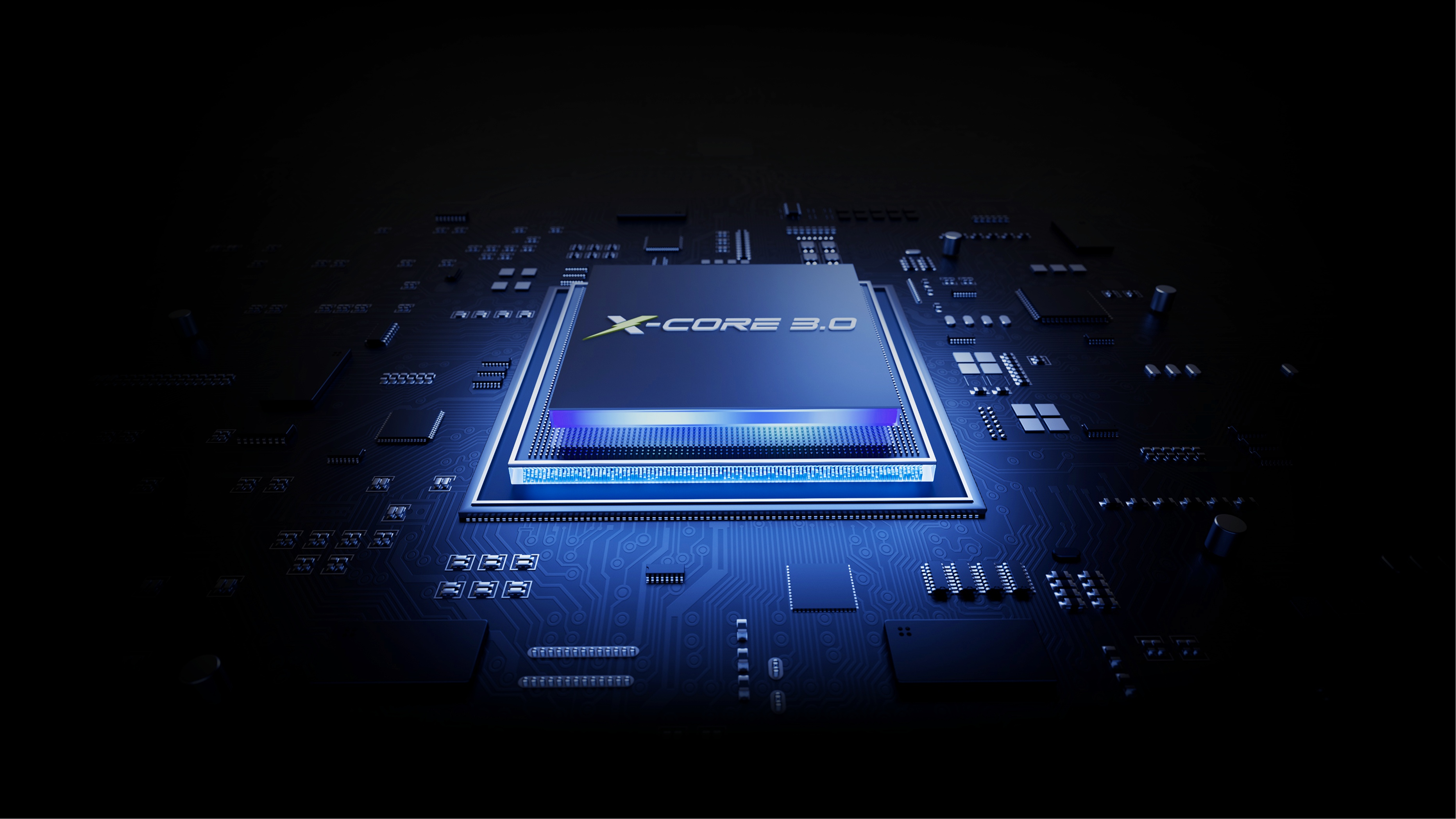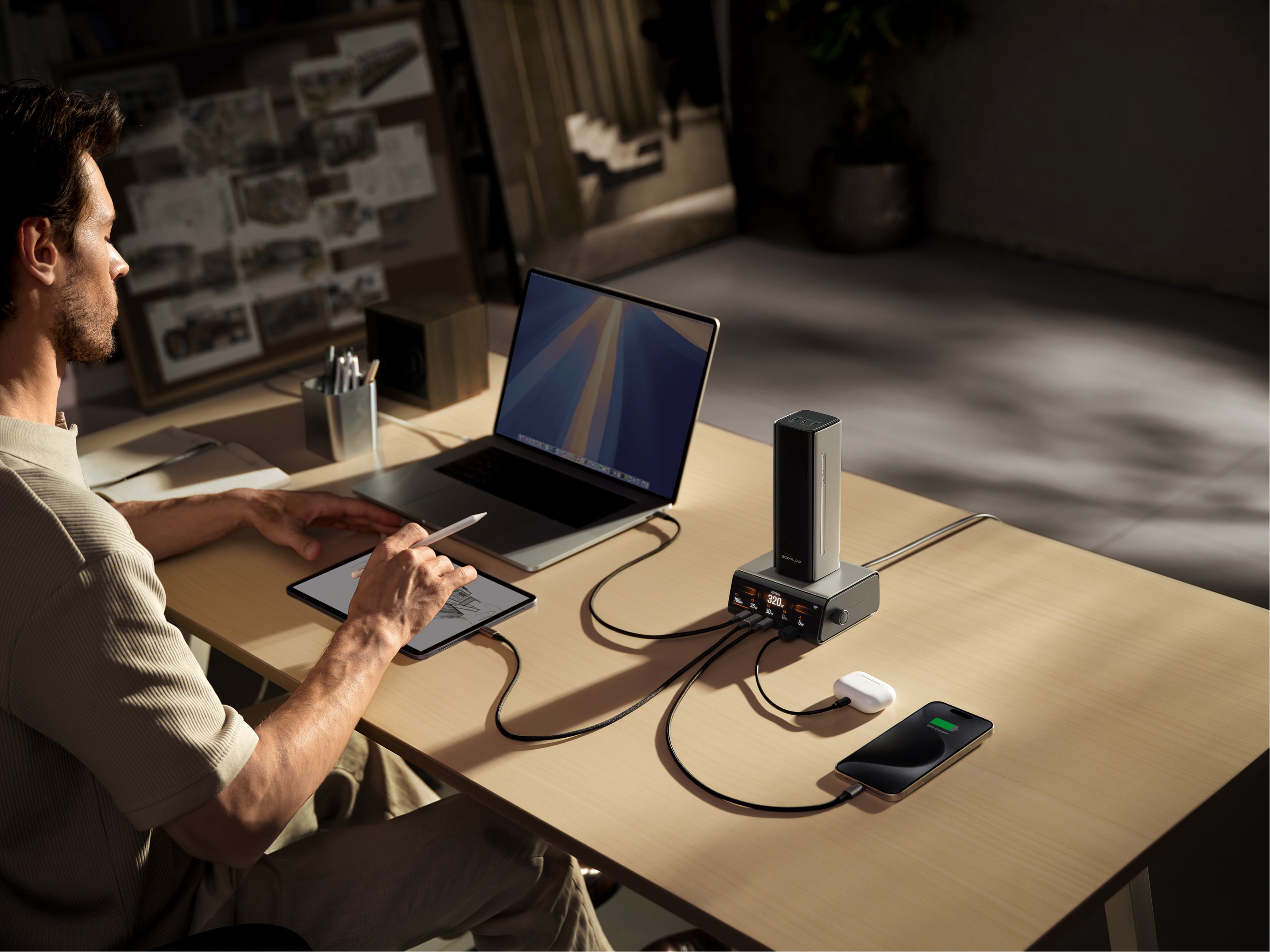The Power Bank's Unseen Engine
It's hard to get through the day without a power bank. They've gone from a nice-to-have travel gadget to an essential for keeping our phones, laptops, and everything else alive. We tend to get fixated on the big numbers like capacity and charging speed, but what’s really running the show is the battery cell inside. This is the component that defines how well the power bank performs, how long it lasts, and most importantly, how safe it is.
The Power Bank's Unseen Engine
At its heart, a power bank is just a case holding one or more battery cells. These are the little powerhouses that store and release energy. Most of them use lithium-ion technology, which comes in two main flavors: the classic, cylindrical lithium-ion (Li-ion) cells and the flatter, more flexible lithium-ion polymer (Li-Po) cells. The main difference for you is that Li-Po allows for slimmer and more unconventionally shaped power banks.
But not all cells are created equal. The quality of the cell makes a world of difference. Top-shelf cells are made with more precision and better materials, allowing them to have a higher energy density. This just means they can pack more power into a smaller, lighter package. It's why some high-capacity power banks are surprisingly compact, while others with the same capacity feel like total bricks. Low-quality cells not only perform poorly and wear out fast, but they can also be a safety hazard.
Performance Beyond the Numbers
A power bank's spec sheet tells part of the story, but the quality of its cells determines the real-world experience. A high energy density means a massive 25,000mAh capacity doesn't have to be a burden to carry; it can fit into a device the size of a soda can, ready to charge a laptop for a day or a phone several times over.
Built to Last for Years
The true value of a power bank emerges over time, and that's all about cycle life. One cycle is a full charge and drain of the battery. Cheaper cells might start losing their stamina after just a few dozen cycles, meaning they can't hold as much charge as they used to. In contrast, pro-grade cells are built for the long haul, often designed to retain 80% of their original capacity even after 300 cycles. That's the difference between a power bank that lasts a few months and one that's a reliable companion for years.
Faster Charging All Around
Better cells are also more efficient. They're better at handling high-power charging and discharging without losing a lot of energy as heat. For you, this means more juice for your devices and less time waiting around. It enables faster charging speeds for your gear and allows the power bank itself to recharge incredibly quickly, so it's always ready for your next adventure.
The Built-In Bodyguard for Your Battery
Packing a ton of energy into a small box comes with risks if it isn't managed properly. That's where the Battery Management System (BMS) comes in. It's essentially a tiny, dedicated computer whose only job is to protect the battery cells. It's a built-in bodyguard, constantly monitoring everything to keep things running safely.
A good BMS offers layers of protection. It prevents you from overcharging the battery, stops it from draining too low (which can cause permanent damage), and keeps a close eye on the temperature to prevent overheating. If it detects a short circuit, it shuts everything down instantly. The best systems go even further, running millions of self-checks every day to make sure everything is perfect. This is often paired with smart heat dissipation designs that keep the power bank cool to the touch, even when it's working hard.


Putting It All Together with EcoFlow RAPID
A great way to see how all these pieces fit together is to look at the EcoFlow RAPID Pro Power Bank. This device shows what happens when you build a power bank around top-tier cells and smart engineering.
A Hub of Speed and Power
This isn't just for topping off your phone. It's powerful enough to be your entire charging hub, dishing out up to 300W of power across all ports at once. It can pump out a massive 140W from a single USB-C port or its built-in cable, enough to rapidly charge a high-end laptop like a MacBook Pro. When it’s time to recharge the power bank itself, it’s just as fast, getting to 80% in as little as 20 minutes with its dedicated charging station.
Smart, User-Friendly Design
This power is packed into a compact, travel-friendly body that makes its 27,650mAh capacity easy to carry. The user experience is just as polished. One of its best features is the integrated 140W retractable cable, so you never have to worry about forgetting a cord. A clear, smart LCD screen gives you all the vital stats at a glance—battery level, power output, and time remaining. You can even use the EcoFlow app to set up battery optimization modes to extend its lifespan.
Uncompromising Safety
Underpinning all this performance is a relentless focus on safety. The advanced BMS provides that critical quadruple protection against overcharging, over-discharging, overheating, and short circuits. Combined with constant self-monitoring and a design that keeps heat in check, it ensures that all that power is delivered safely and reliably every single time.
More Than Just a Backup Battery
When you're shopping for your next power bank, remember that it's more than just a backup battery; it's a piece of tech you rely on every day. Looking past the big numbers on the box to the quality of the cells and the intelligence of the system inside is the key to getting a device that isn't just powerful, but also dependable and safe for the long haul.


Frequently Asked Questions
Q1: Why Can't My 25,000mAh Power Bank Charge My 5,000mAh Phone Exactly Five Times?
This is due to energy loss during the charging process, which is normal for all power banks. Some energy is converted to heat when power is transferred from the power bank's cells to your device's battery. This is an area where premium power banks shine. For example, the EcoFlow RAPID Pro is designed with high-efficiency components to minimize this energy loss, meaning more of that stored 27,650mAh actually makes it into your devices.
Q2: Is a High-Capacity Power Bank Like This Safe to Take on an Airplane?
Absolutely. The FAA limit for carry-on batteries is 100 watt-hours (Wh). A 27,650mAh power bank like the EcoFlow RAPID Pro comes in at 99.54Wh, which is safely under the limit and perfect for air travel. Plus, its advanced safety features, like overheating and short-circuit protection, give you extra peace of mind when you're on the move.
Q3: Can Super-Fast Charging Damage My Phone or Laptop's Battery?
That's a common concern, but you don't need to worry with a smart power bank. Devices like the EcoFlow RAPID Pro use intelligent power distribution.2 They communicate with your phone, laptop, or tablet to deliver the fastest speed that the device can safely handle. They won't force more power than your device's battery is designed for, protecting its long-term health.
Q4: Is It Really Worth Paying More for a Premium Power Bank?
It definitely is if you value reliability and longevity. While a cheaper power bank might save you money upfront, it often uses lower-quality cells that degrade quickly, meaning you'll have to replace it sooner. Investing in a premium model like the EcoFlow RAPID gets you a longer lifespan with hundreds of charge cycles, better charging efficiency, faster speeds, and crucial safety protections. In the long run, it's a smarter and safer choice.
Q5: Are power banks with a built-in wireless charger also considered fast chargers?
Not necessarily, as these are two different features. A wireless charger offers the convenience of charging compatible devices cable-free, but typically at slower speeds. A fast charger refers to the power bank's ability to output high wattage through its wired ports for rapid charging. While many premium power banks offer both, one feature doesn't guarantee the other. If you want both the convenience of wireless and the speed of wired charging, make sure the product specifications list both capabilities.